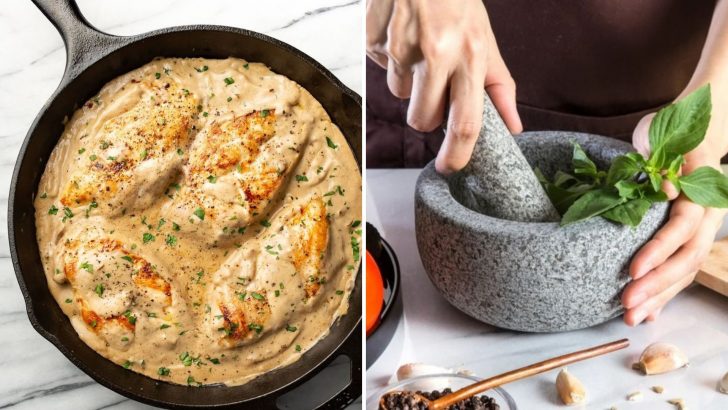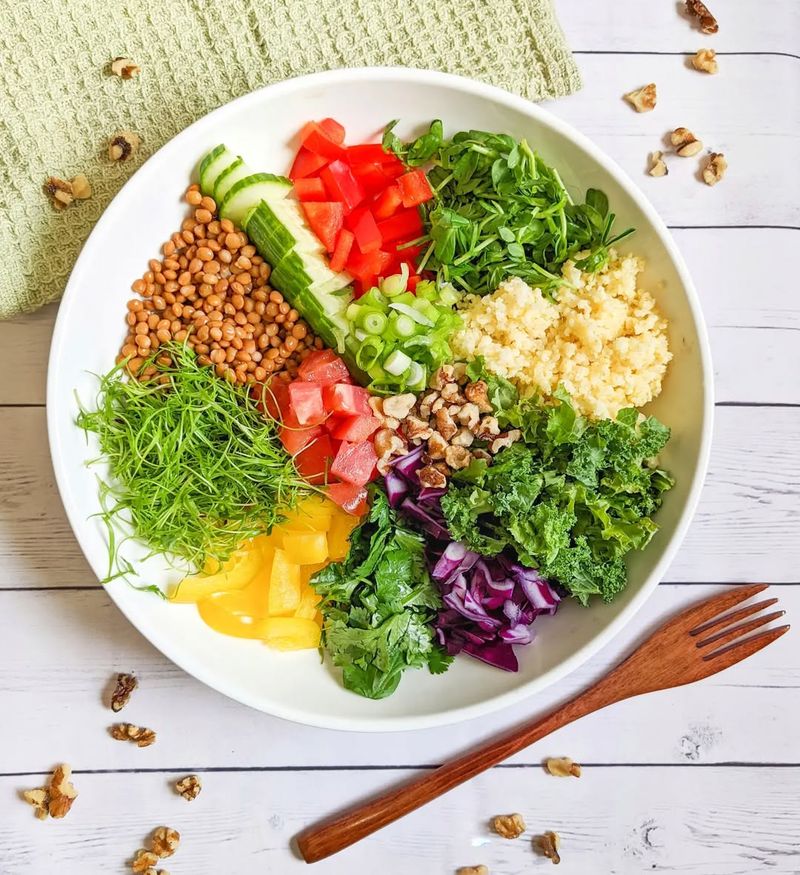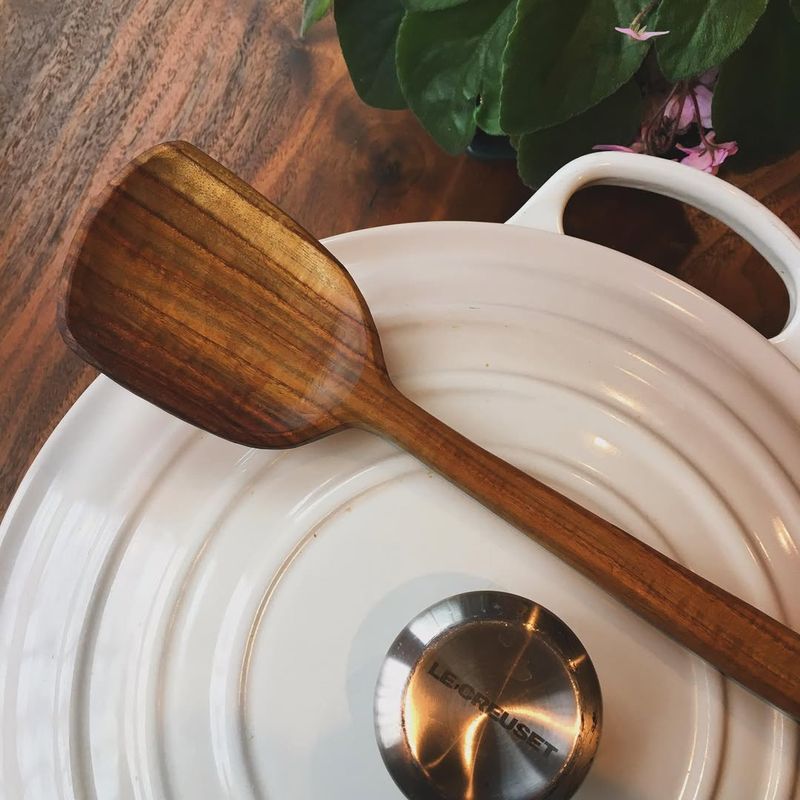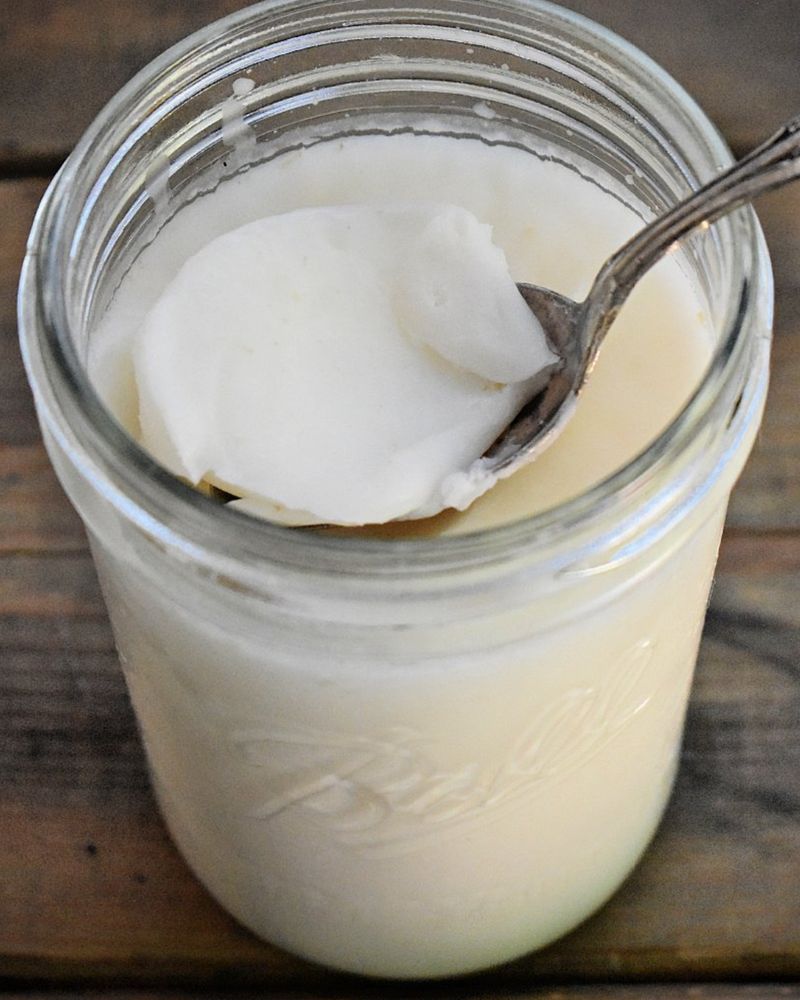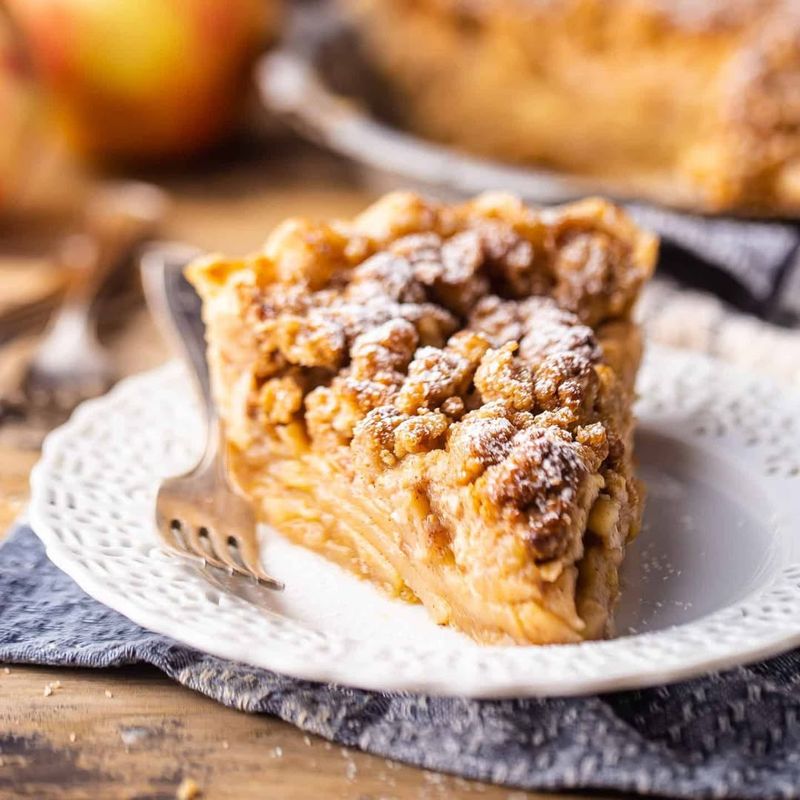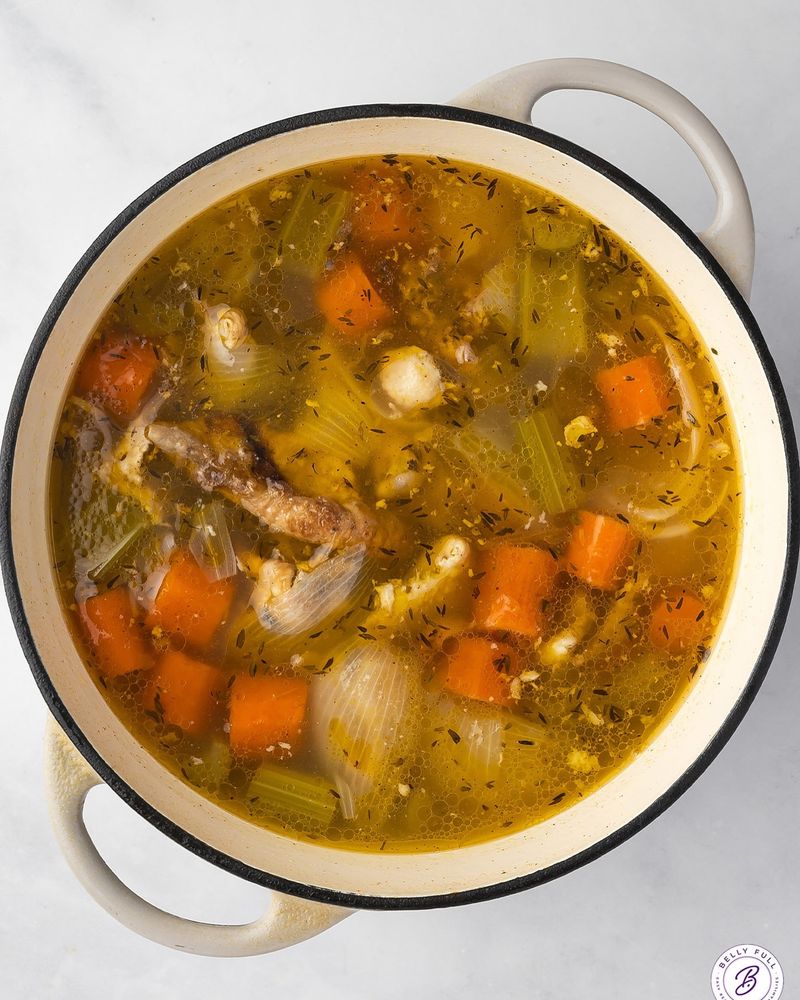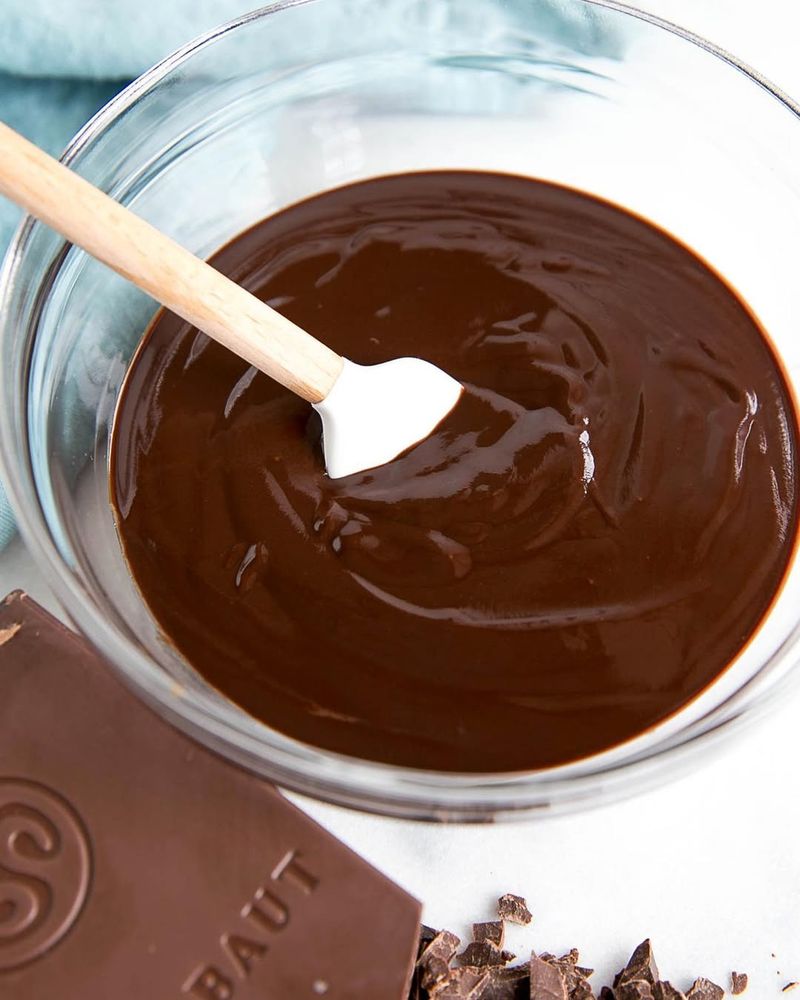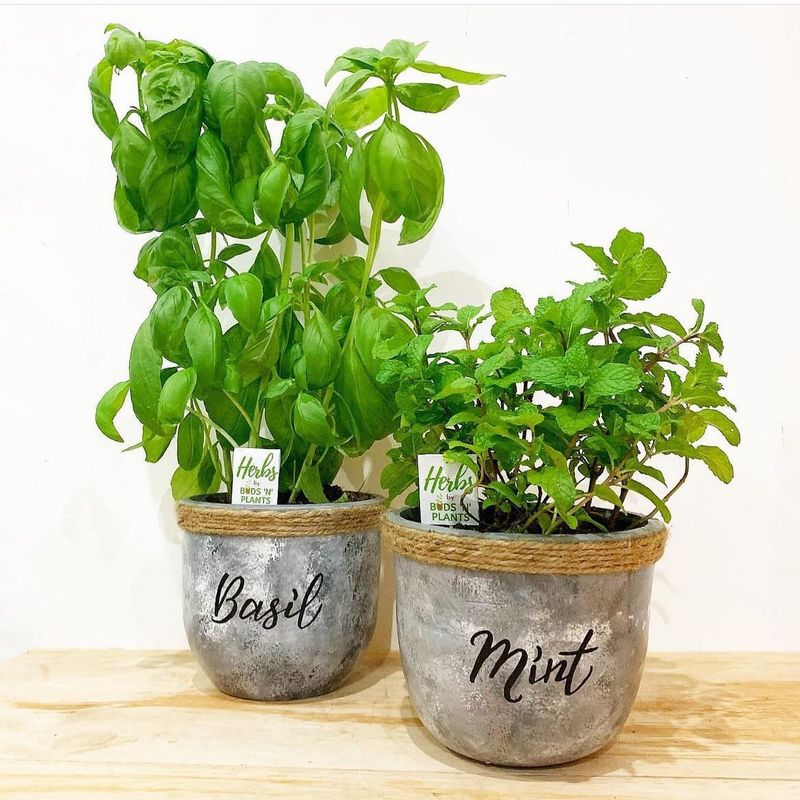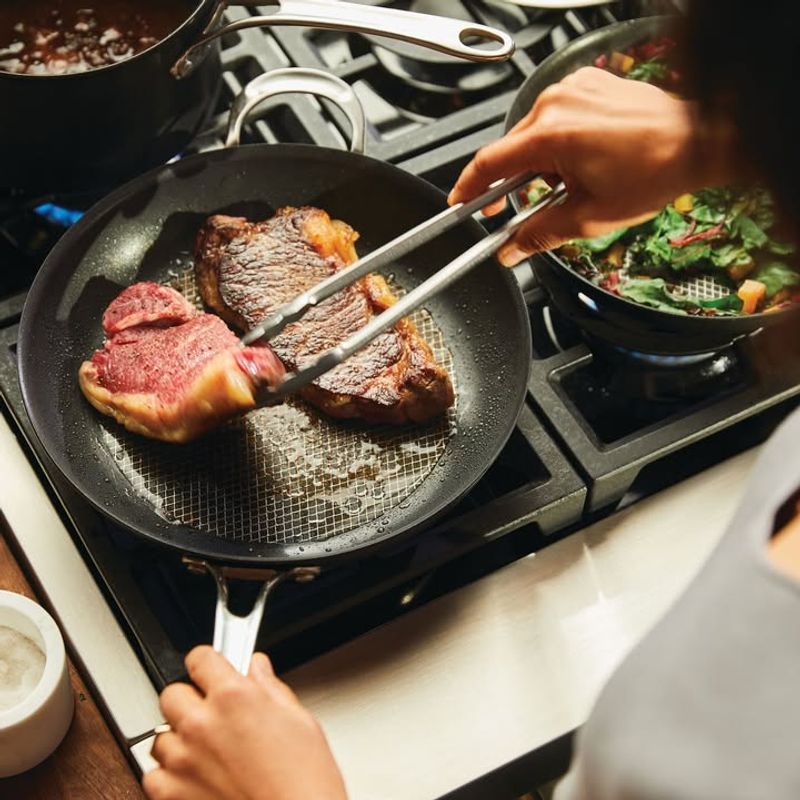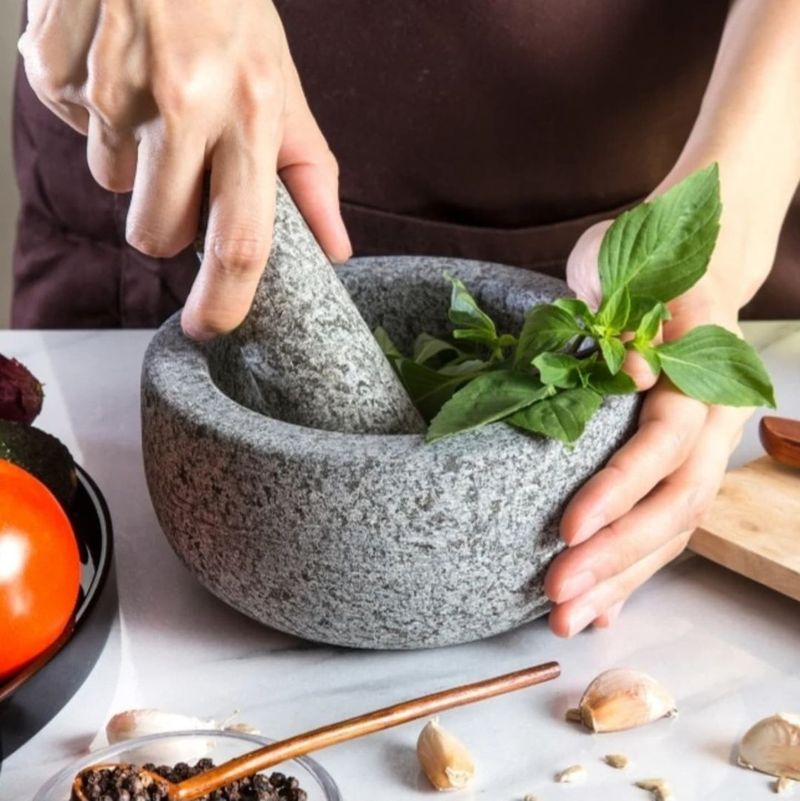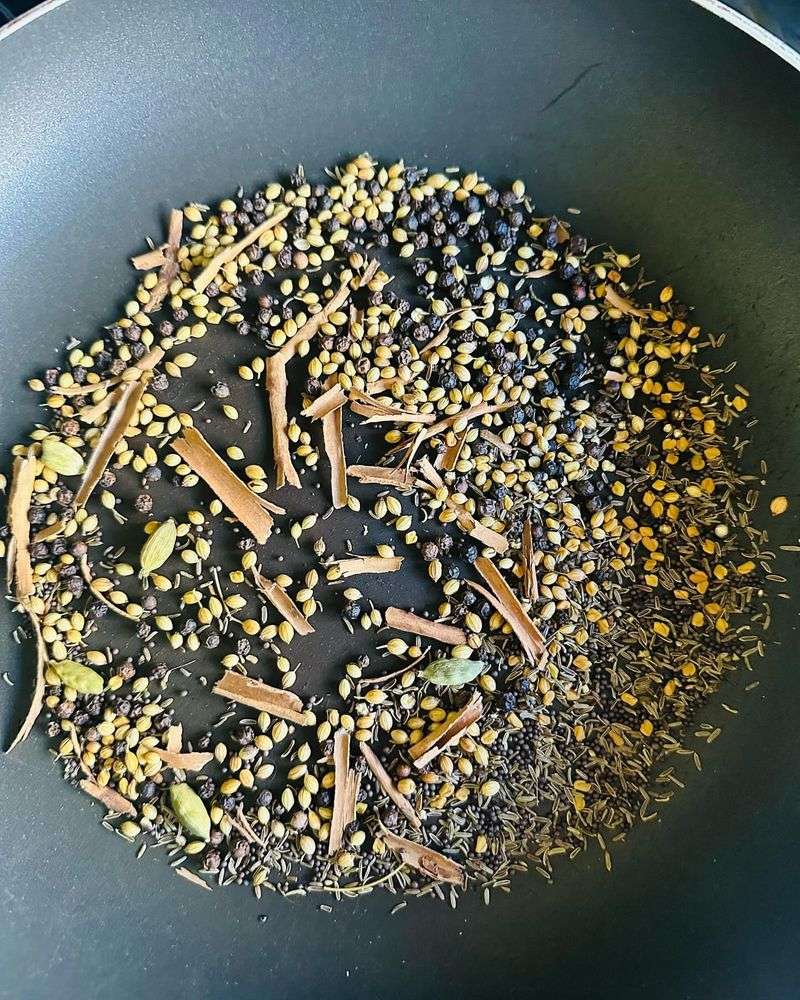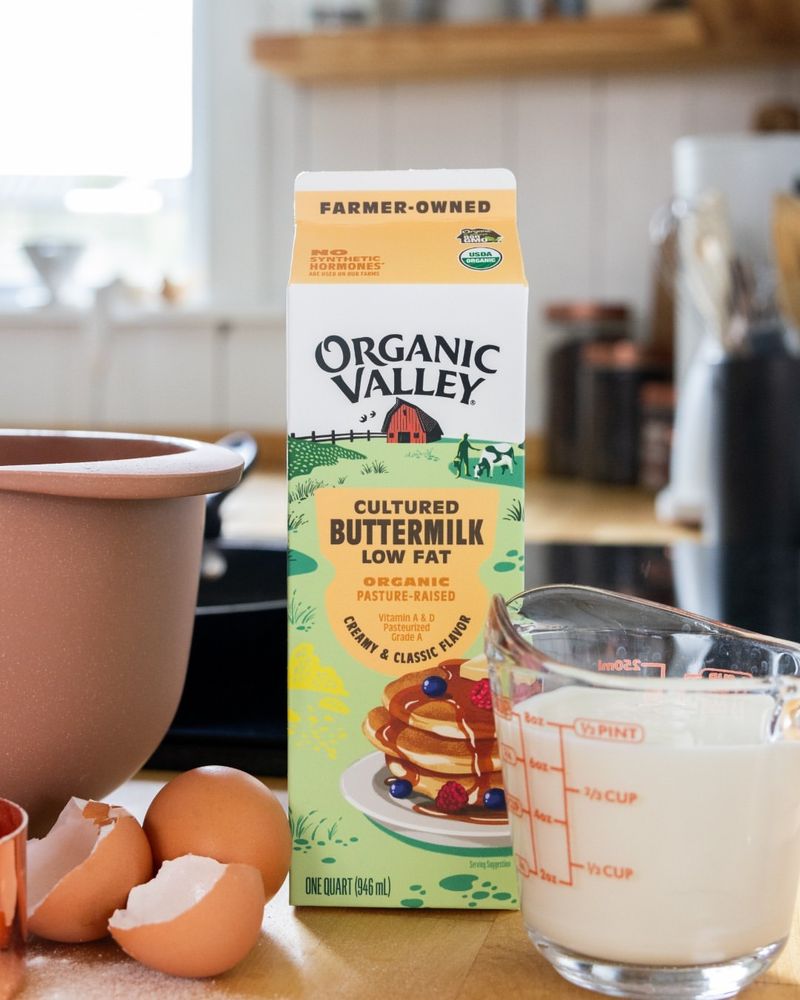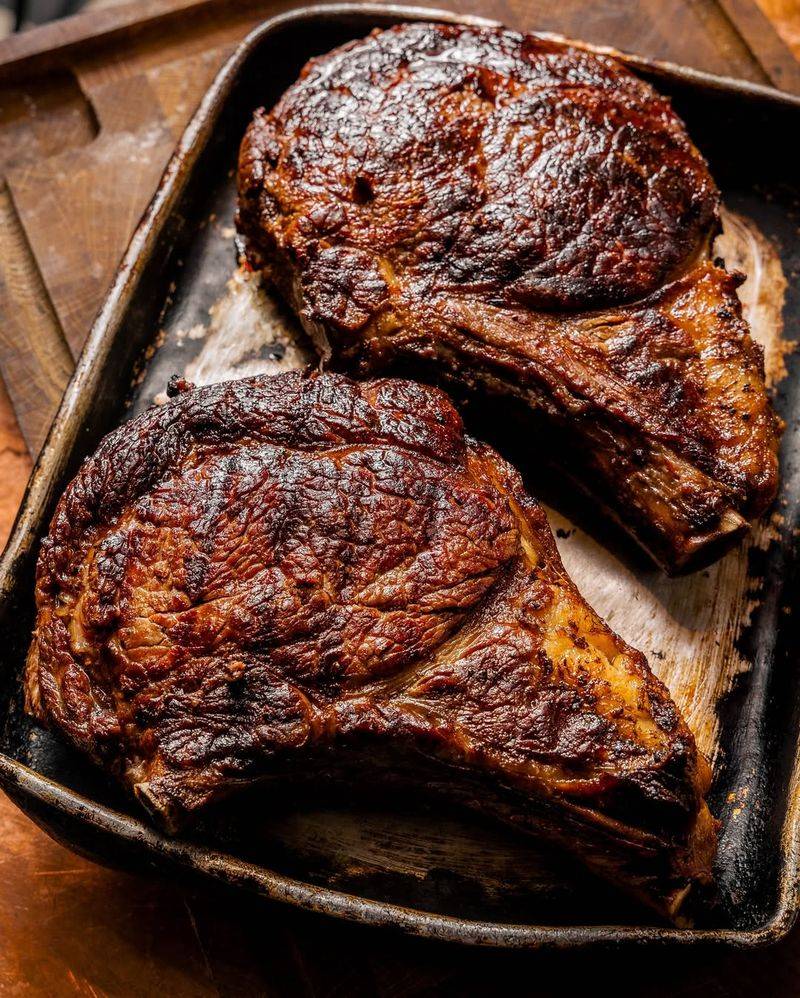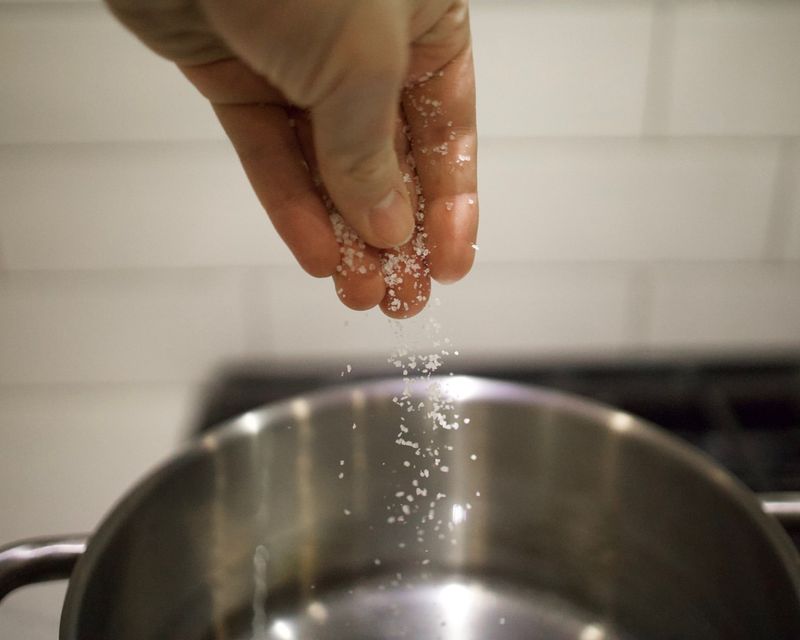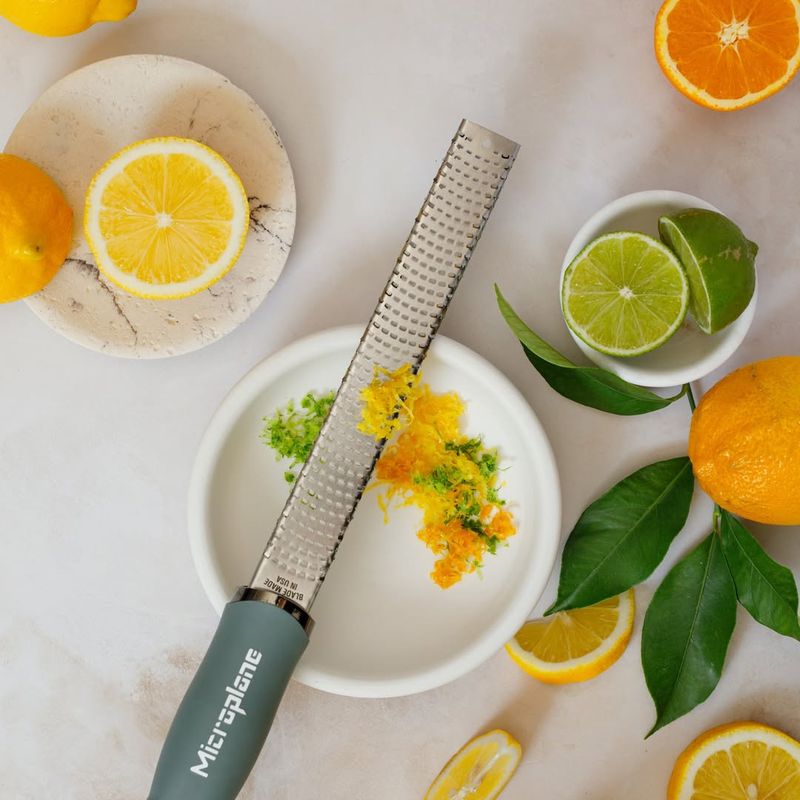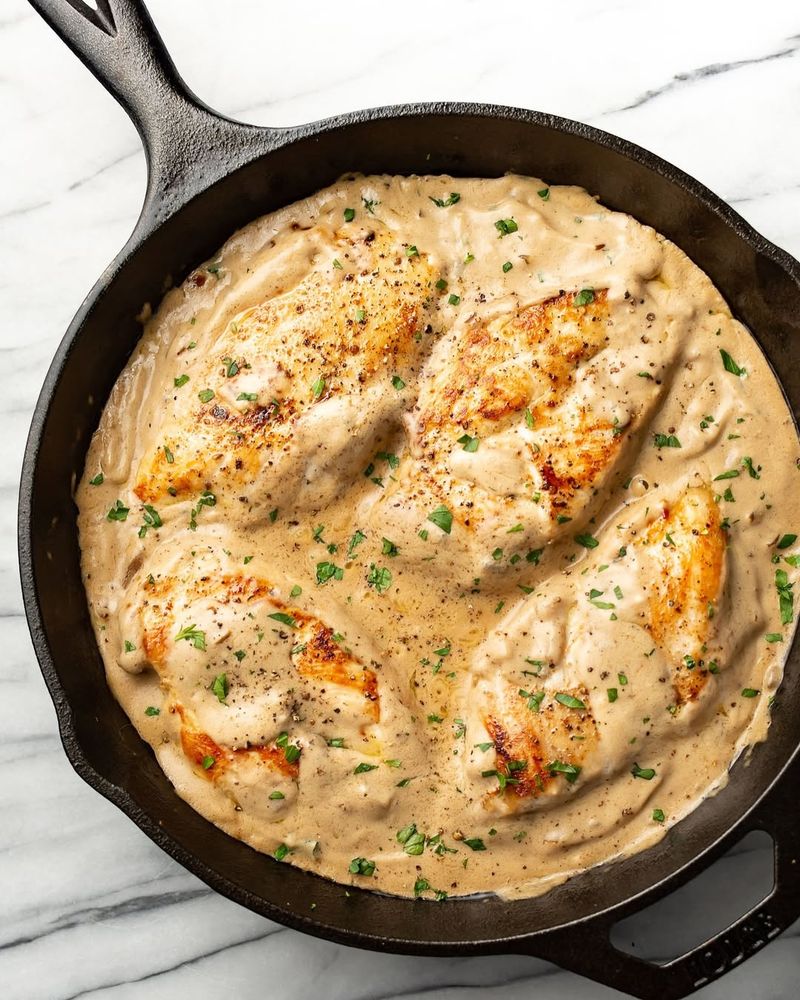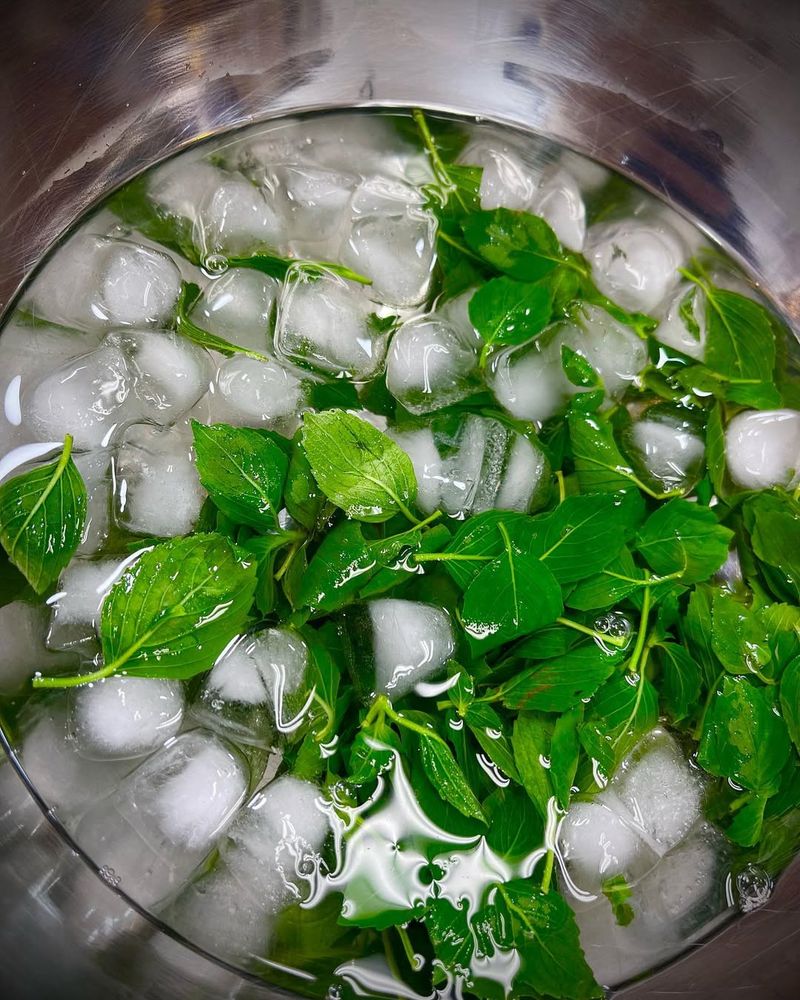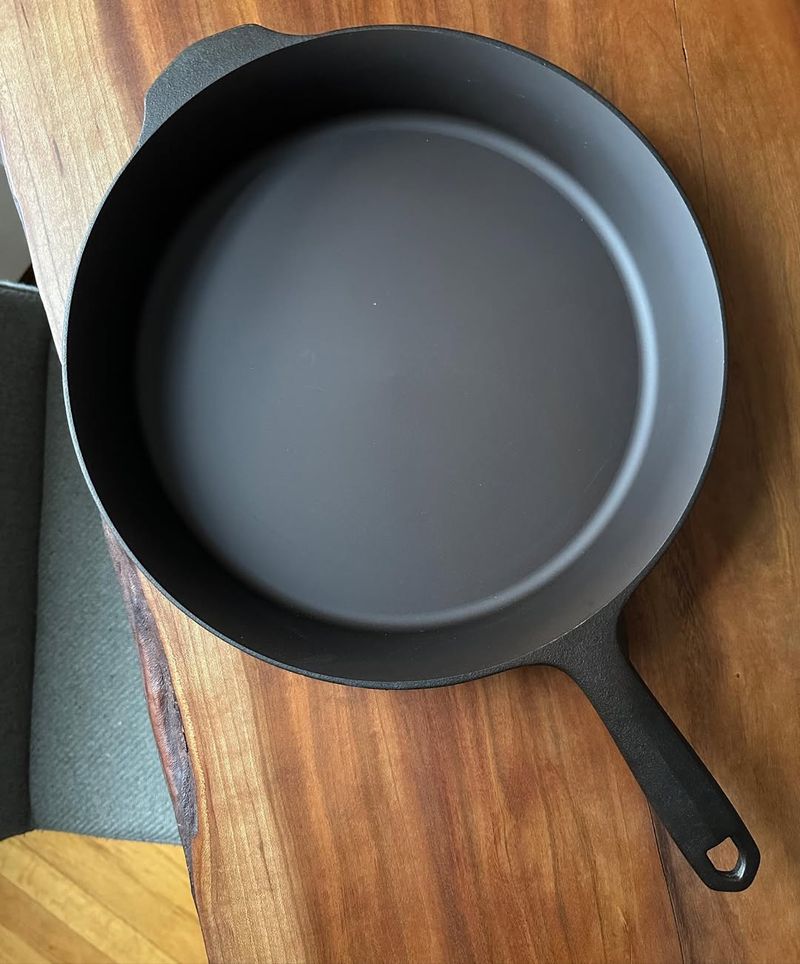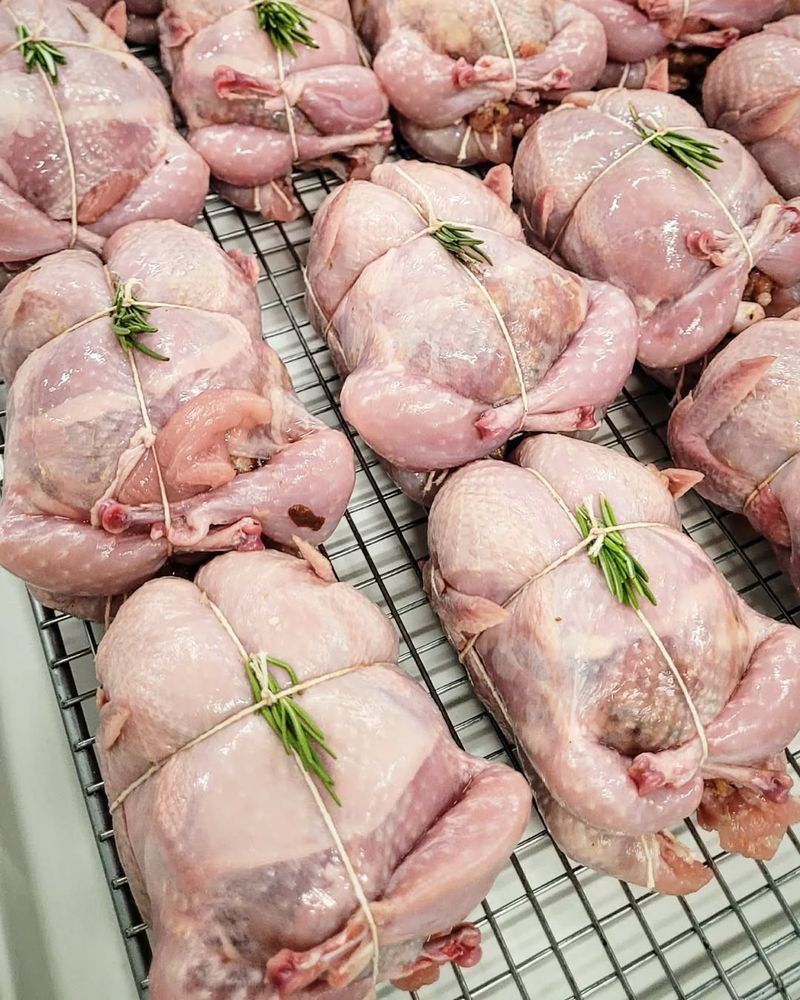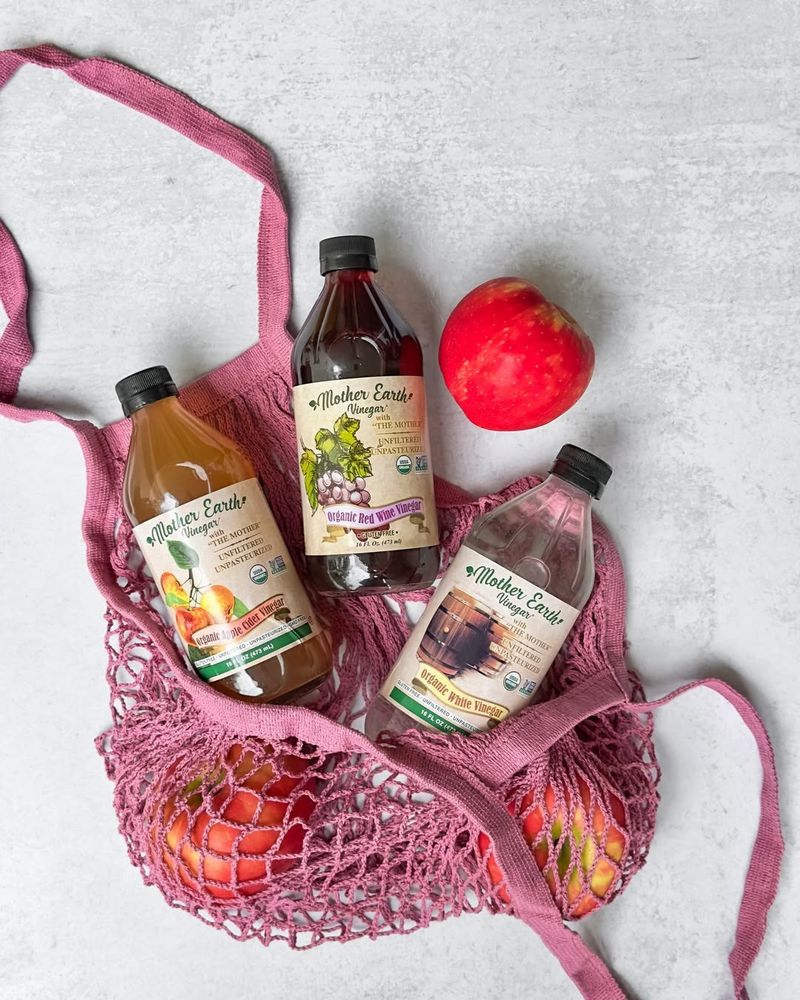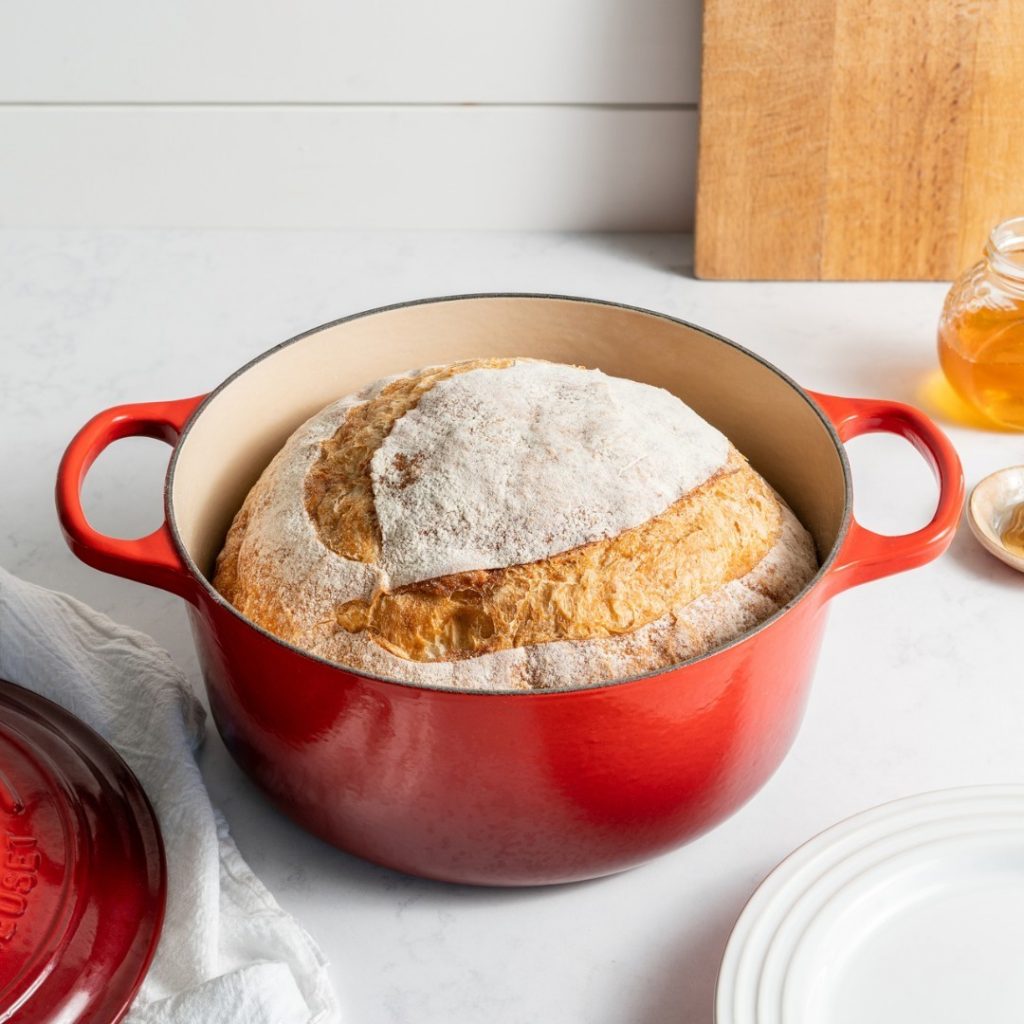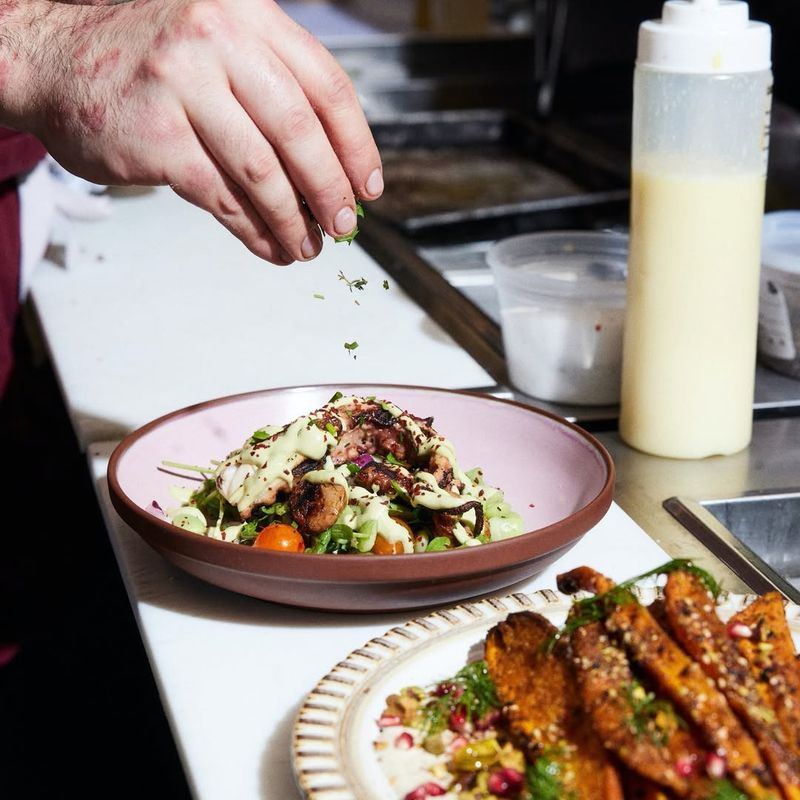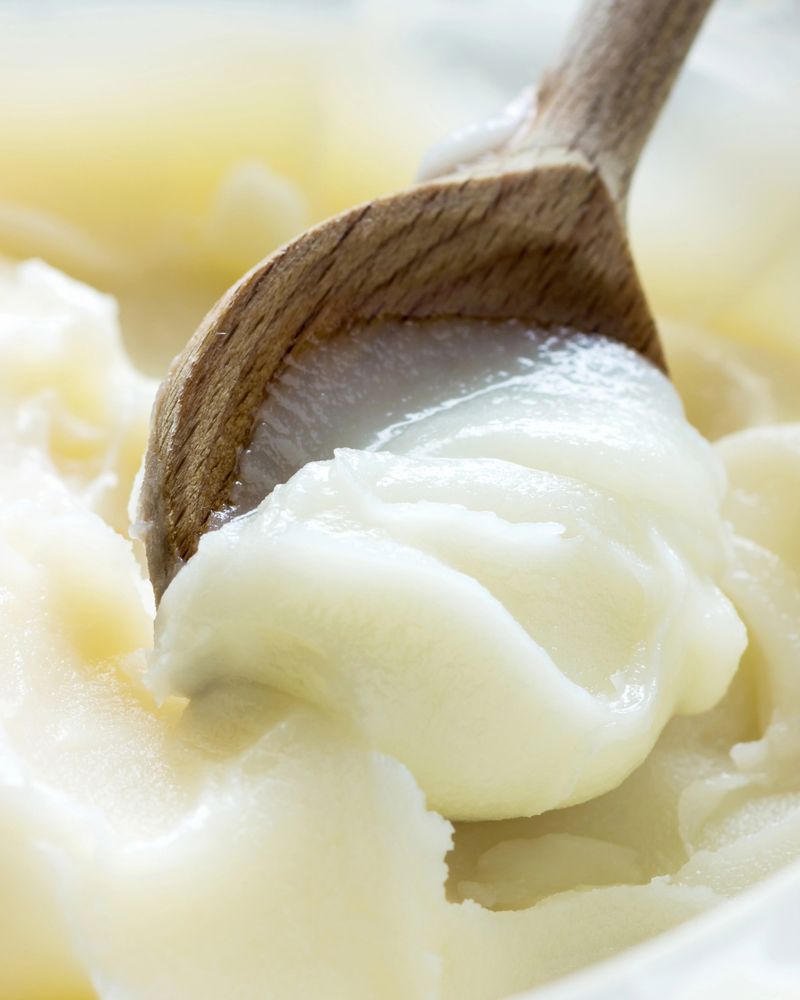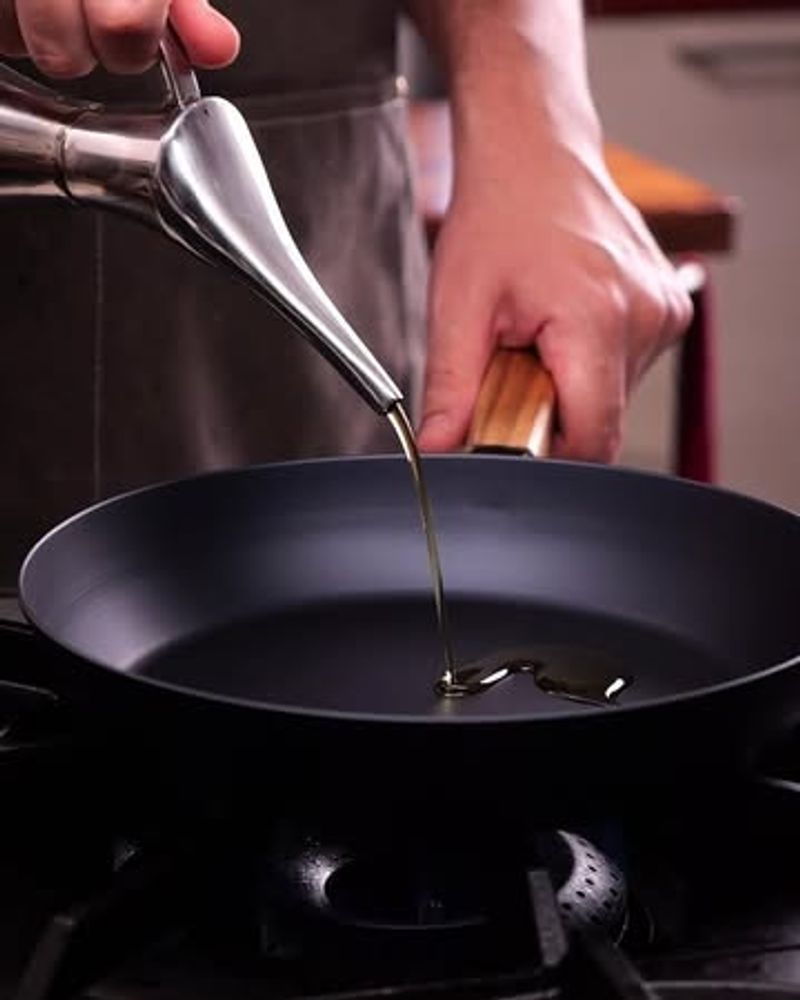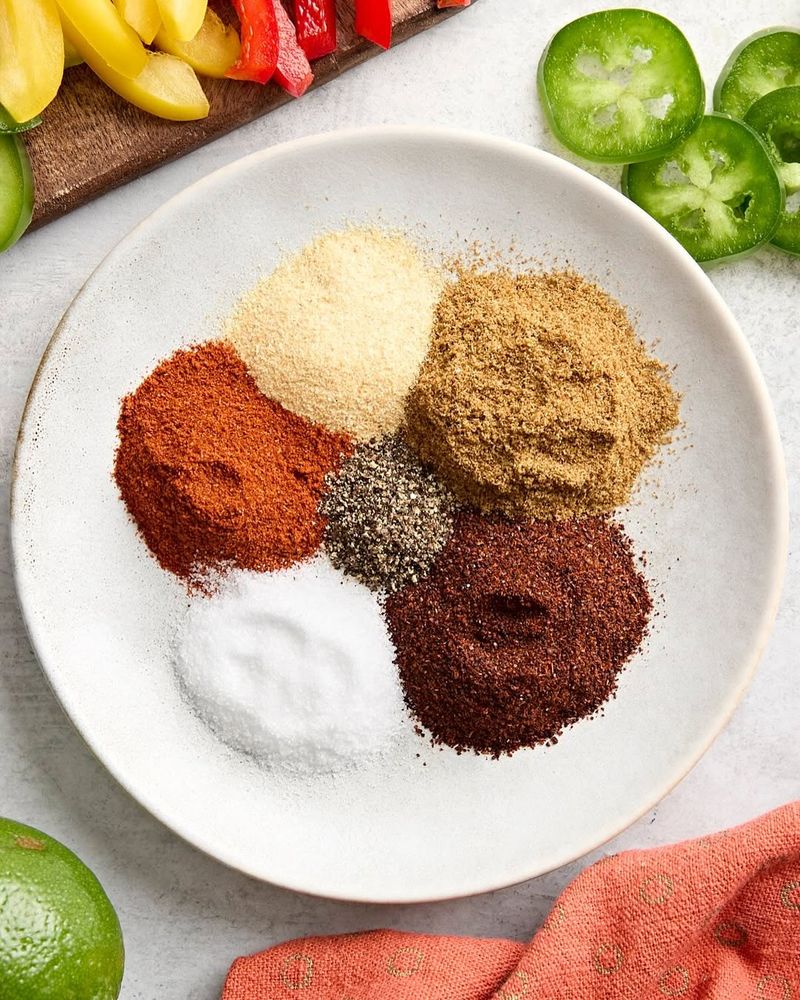Cooking has always been an art passed down through generations, with timeless wisdom hidden in the folds of family recipes and the whispers of seasoned chefs. Embracing old-school cooking tips not only adds a touch of nostalgia to your culinary creations but also enhances flavors in ways modern methods sometimes overlook.
From utilizing every part of the ingredient to understanding the natural rhythms of seasonal produce, these tips are the keys to unlocking the full potential of your kitchen endeavors. Let’s explore these pearls of culinary wisdom.
1. What Grows Together, Goes Together
If you’re ever uncertain about flavor pairing, remember that nature often provides the best guidance. The principle that “what grows together, goes together” suggests that produce harvested in the same season naturally complements each other.
This tip invites you to explore local farmer’s markets, where fresh, seasonal produce is abundant. By choosing ingredients that share the same growing conditions, you enhance the natural compatibility of flavors in your dishes.
2. Use a Wooden Spoon
This trusty tool is not just for stirring; it holds secrets of preventing metallic tastes when cooking. Unlike metal utensils, wooden spoons don’t react with acidic foods, ensuring the purity of flavor.
Wooden spoons are also gentle on your cookware, reducing scratches on non-stick surfaces. Hence, investing in a quality wooden spoon is like inviting an old friend into your kitchen, one who knows how to keep the peace among your pots and pans.
3. Save Your Fat
Though many might discard cooking fats, they are a hidden treasure in the culinary world. Saving fat from bacon, duck, or even butter can add depth and richness to future dishes. Store fats in glass jars to preserve their flavor and reuse them for frying or roasting.
By embracing this old-school method, you not only reduce waste but also infuse your meals with a touch of nostalgia. Imagine the robust flavor a spoonful of bacon fat can add to sautéed greens, or the silky texture of duck fat on roasted potatoes.
4. Use Cheese Ends in Mac ‘n’ Cheese
Where do those cheese ends vanish? In a perfect kitchen, they find their way into a gooey pot of mac ‘n’ cheese. Using leftover cheese bits transforms a simple dish into a symphony of flavors.
Cutting the cheese ends into small pieces allows them to melt evenly, offering both variety and richness. By creatively using these leftover bits, you elevate a homely dish into something extraordinary, ensuring no part of your cheese wheel goes to waste.
5. Cook Bruised Apples in Pies
Where you see bruises, I see potential. Bruised apples, often ignored, become treasures when tucked into a pie. Their natural sweetness shines as they soften, creating a luscious filling.
This approach not only minimizes waste but also enhances the flavor of your pies. By saving bruised apples, you transform what was once overlooked into the star of a dish. Hence, next time you find a bruised apple, remember that its best days are still ahead, just waiting to grace your pie.
6. Save Chicken Bones for Stock
If you want to make a rich, flavorful stock, don’t throw those chicken bones away! Collect bones from roasted or raw chickens and store them in the freezer until you’re ready to make stock.
Simmering these bones with vegetables and herbs extracts flavors that pre-packaged stocks can’t compete with. The result is a robust base that elevates soups and sauces. This timeless technique not only utilizes every part of the chicken but also fills your kitchen with comforting aromas.
7. Melt Chocolate Over a Pan of Water
Melt chocolate with finesse by using a double boiler, or a makeshift one with a pan of water. This gentle method prevents scorching and seizing, ensuring smooth, glossy chocolate every time.
Place a heatproof bowl over a pan of simmering water, making sure it doesn’t touch the water. Stir until the chocolate is fully melted. This classic technique promises perfectly melted chocolate, ready to drizzle, dip, or bake into your favorite desserts.
8. Use Herb Stems in Stocks
However often we discard herb stems, they pack a punch of flavor perfect for stocks. Stems from parsley, cilantro, and thyme can be simmered alongside vegetables and bones.
This practice enhances the aroma and taste of your stock without additional costs. By using every part of the herb, you deepen the flavors and ensure nothing goes to waste. Hence, next time you prep herbs, remember that stems have a place in your pot, too.
9. Sear Meat Before Roasting
Before roasting, sear meat to lock in juices and enhance flavors. This technique ensures a delicious crust forms on the meat, adding a savory depth to your dish.
Searing involves cooking meat at high temperatures to create that caramelized exterior. By doing so, you not only improve the visual appeal but also enrich the taste. Remember, the secret to succulent roasts lies in this initial step, transforming ordinary cuts into extraordinary meals.
10. Use a Mortar and Pestle
Where electric blenders whir, the humble mortar and pestle offer a tactile experience. Crushing herbs and spices releases essential oils, creating aromatic blends that elevate any dish.
This manual method allows for better control over texture and flavor, preserving the integrity of your ingredients. As you grind, you’re connecting with a time-honored tradition that enhances the sensory joy of cooking. Hence, embracing this tool invites an authentic touch to your culinary adventures.
11. Keep Your Knife Sharp
However sharp your skills, a dull knife can hinder your kitchen efficiency. Regularly sharpening your knives ensures precision and safety in slicing and dicing.
Using a honing steel or a stone, you can maintain the blade’s edge, making your cutting tasks smoother and more enjoyable. A sharp knife not only speeds up preparation but also enhances the presentation of your dishes. So, invest in proper sharpening tools and give your knives the edge they deserve.
12. Toast Spices Before Use
Toasting spices before grinding or using them awakens their essential oils, delivering a richer aroma and flavor profile.
Place whole spices in a dry skillet over medium heat, stirring until fragrant. This process intensifies their natural flavors, ready to be ground into a spice mix or added directly to dishes. Toasting is a simple step that significantly elevates the taste of your culinary creations.
13. Use Buttermilk for Tender Baking
Wherever you see tangy buttermilk, you see tender baked goods. Buttermilk’s acidity interacts with baking soda or powder, creating a rise and tender crumb in cakes, pancakes, and more.
Substituting buttermilk in recipes results in fluffier and more moist textures. Its creamy texture also enriches the flavor, making it a secret weapon in your baking arsenal. Hence, keeping a carton of buttermilk handy ensures your baked creations hit the mark every time.
14. Let Red Meat Rest
If you rush to slice red meat right off the heat, you may lose its flavorful juices. Allowing meat to rest after cooking ensures those flavorful juices are reabsorbed.
Place cooked meat on a board, cover loosely with foil, and let it rest for a few minutes. This patience pays off with juicy, tender meat that delights every bite. Remember, good things come to those who wait, especially when it comes to enjoying a perfectly cooked steak.
15. Use Salt Liberally in Pasta Water
How salt can transform pasta is almost magical. Adding liberal amounts to boiling water before cooking pasta enhances its flavor from the inside out.
Pasta absorbs the salt as it cooks, ensuring each bite is tasty even before the sauce is added. The water should taste like the sea, a guiding rule for perfect seasoning. Hence, don’t hold back on salt when preparing your pasta water, as it sets the foundation for a delicious dish.
16. Use Day-Old Bread for Stuffing
Why use fresh when day-old bread offers perfect texture for stuffing? Stale bread absorbs liquid without becoming mushy, providing structure and flavor.
Cubing and drying out bread allows it to soak up broths and seasonings, creating a cohesive stuffing that’s both moist and firm. This method ensures your stuffing is robust and flavorful, turning a humble side dish into a standout feature. Next time you have day-old bread, consider it an opportunity for delicious stuffing.
17. Use Citrus Zest for Extra Flavor
If you want to add a burst of brightness to your dishes, citrus zest is your ally. The oils in the zest offer concentrated flavor, elevating both sweet and savory recipes.
Use a microplane to finely grate the colored part of the peel, avoiding the bitter white pith. Zest can be added to marinades, batters, or dressings, infusing dishes with a fresh aroma and taste. Hence, before you juice a lemon or lime, remember to capture the zest for an extra flavorful punch.
18. Deglaze Pans for Rich Sauces
Though often overlooked, deglazing a pan transforms leftover brown bits into culinary gold. After searing meat, pour liquid like wine or broth into the pan and scrape up the flavorful bits.
This technique creates a rich base for sauces and gravies, capturing the essence of the cooked dish. By deglazing, you enhance depth and complexity, turning simple meals into gourmet experiences. Hence, never skip this step, as it unlocks flavors that would otherwise be lost.
19. Use Ice Water for Crispy Vegetables
Using ice water is a simple trick for maintaining their crunch. Soak sliced or chopped vegetables in ice water, and they’ll perk up beautifully.
After soaking, drain and pat dry before serving or cooking. This refreshing bath rejuvenates limp veggies, ensuring they’re crisp and vibrant in salads or platters. Hence, ice water becomes your secret weapon for keeping vegetables fresh and inviting.
20. Cook With Cast Iron
Where heavy-duty meets versatility, cast iron cookware reigns supreme. Its even heat distribution and retention make it ideal for frying, baking, and everything in between.
Properly seasoned, cast iron develops a natural non-stick surface that enhances flavors over time. Though heavy, its durability offers a lifetime of exceptional cooking experiences. Investing in cast iron is inviting a workhorse into your kitchen, ready to tackle any recipe with ease.
21. Truss Your Poultry
If you’ve never trussed a chicken, you’re missing out on evenly cooked poultry. Trussing involves tying the legs and wings close to the body, ensuring even cooking and a beautiful presentation.
This technique helps retain moisture, preventing the bird from drying out. With a few simple steps, your roasted chicken looks and tastes like it came from a gourmet kitchen. So, next time you roast poultry, take a moment to truss it for exceptional results.
22. Use Vinegar for Balanced Flavor
Wherever balance is needed, a splash of vinegar can bring harmony to your dish. Acidic and tangy, vinegar cuts through richness and enhances overall flavor.
Use it in dressings, marinades, or sauces to add depth and brightness. Each variety, from balsamic to apple cider, offers unique characteristics, allowing you to tailor the taste to your liking. Hence, keeping a variety of vinegars in your pantry is a small step toward mastering flavor balance.
23. Use a Dutch Oven for Baking Bread
Baking in a Dutch oven mimics professional steam ovens, locking in moisture and developing a golden crust. Preheat the Dutch oven before placing the dough inside, and cover during baking to trap steam.
The result is artisan-quality bread with a chewy crust and tender crumb. This method elevates homemade bread to bakery standards, offering the satisfaction of exceptional results right from your kitchen.
24. Use Fresh Herbs at the End
However flavorful your dish, finishing with fresh herbs can elevate it further. Adding them at the end preserves their vibrant color and delicate flavor.
Whether it’s basil, cilantro, or parsley, a final sprinkle adds freshness and aroma that cooked herbs can’t provide. This technique ensures that your dishes not only taste great but also look inviting. Hence, keep fresh herbs on hand and let them be the finishing touch to your culinary creations.
25. Use Lard for Flaky Pastry
If you’re aiming for the flakiest pastry, consider using lard. Its unique properties create a tender, flaky texture unmatched by butter alone.
Lard’s high melting point allows pastry layers to form without blending, resulting in a crisp, tender bite. Mixing lard with butter combines flavor and flakiness, perfect for pies and pastries. Hence, don’t shy away from this traditional fat; it may just be your secret ingredient for perfect pastry.
26. Use a Baking Stone for Pizza
Wherever a baking stone is used, pizza comes out with a perfect crust. The stone replicates a brick oven, distributing heat evenly and absorbing moisture for crispiness.
Preheat the stone to achieve maximum effect, ensuring your pizza bakes evenly with a golden crust. This technique brings pizzeria-quality pizza to your home, turning every pizza night into an authentic experience. Hence, investing in a baking stone is a step toward perfecting homemade pizza.
27. Add a Splash of Water When Scrambling Eggs
If you crave fluffy scrambled eggs, try adding a splash of water to the mix. The steam created by the water lightens the eggs as they cook.
Whisk eggs with water before pouring into a hot skillet. This method creates airy, tender eggs, a simple trick with delicious results. By incorporating this old-school tip, your scrambled eggs become a breakfast delight that starts the day right.
28. Use the Right Oil for the Job
Using the right oil for cooking enhances flavor and prevents burning. Different oils have varied smoke points; olive oil is ideal for sautéing, while avocado oil suits high-heat frying.
Knowing which oil to use ensures your dishes are flavorful without a burnt taste. Hence, choosing the appropriate oil is crucial for mastering the art of cooking.
29. Make Your Own Spice Blends
Why rely on store-bought blends when you can customize your own? Making spice blends allows control over flavor, freshness, and intensity.
Experiment with combinations like curry, garam masala, or taco seasoning. Mixing spices yourself ensures vibrant flavors tailored to your culinary preferences. This hands-on approach not only enhances your cooking but also adds a personal touch to every dish.

